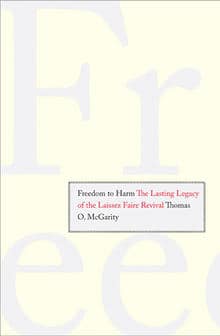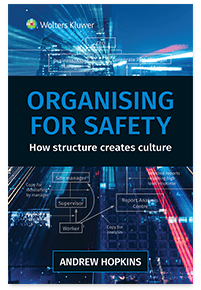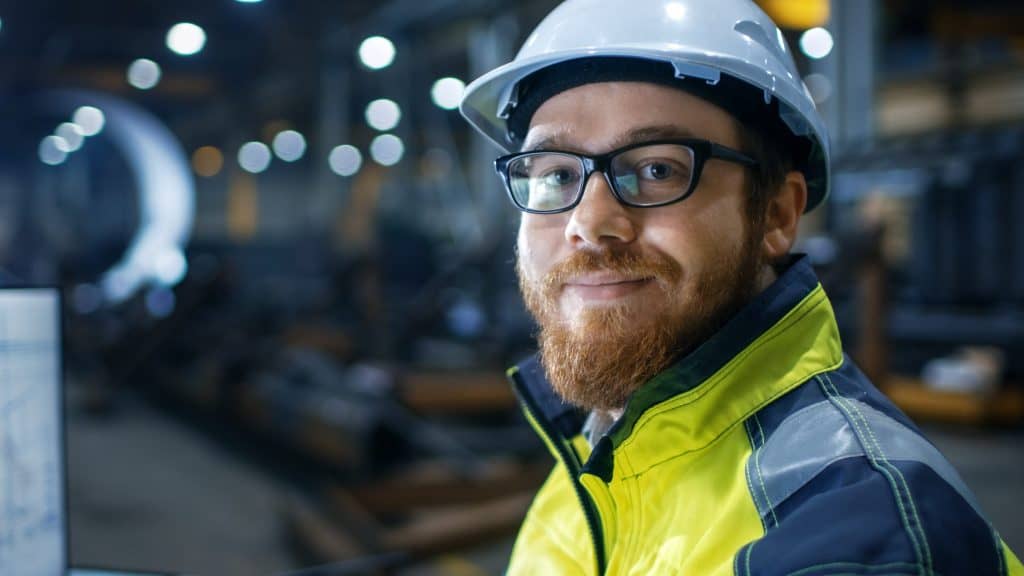
For the first time in many years, the Safety Institute of Australia’s National Conference heard from two prominent industry association leaders, Mark Goodsell from the Australian Industry Group (AiGroup) and James Pearson, CEO of the Australian Chamber of Commerce and Industry (ACCI). The absence of a representative of the trade union movement to “balance” some of the comments was a weakness of the conference but perhaps unavoidable a few days after a very busy Federal Election campaign. Both conference speakers addressed OHS issues and the topic-de-jour, Industrial Manslaughter laws.




